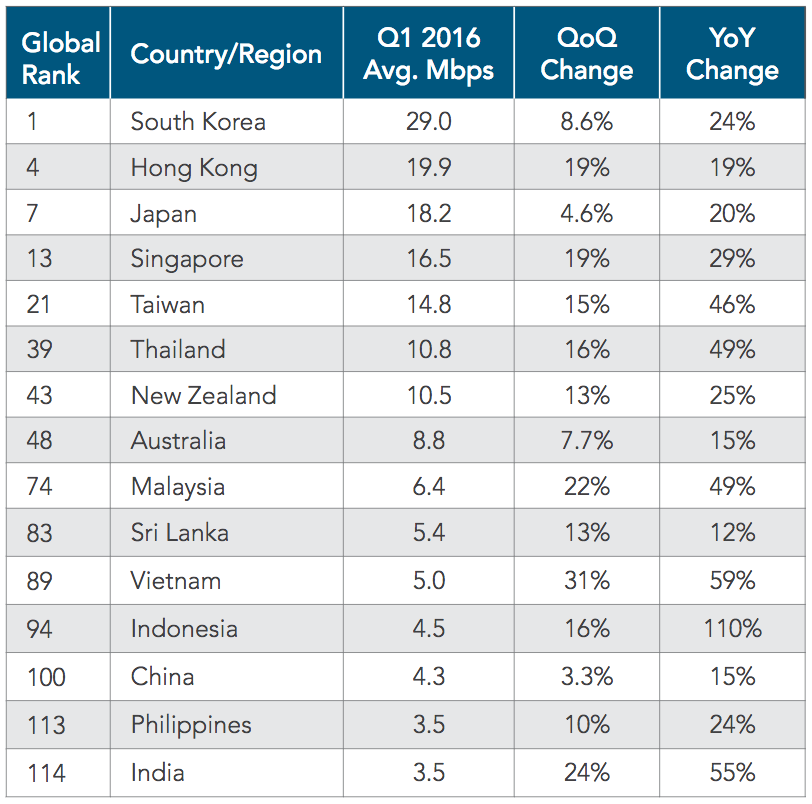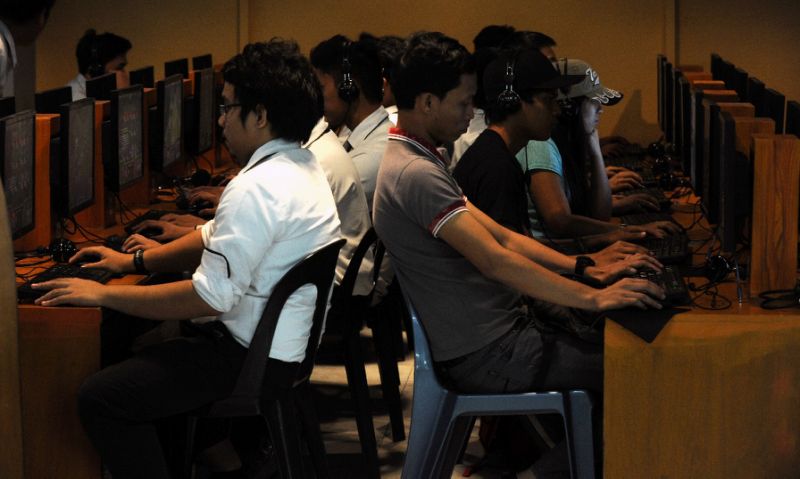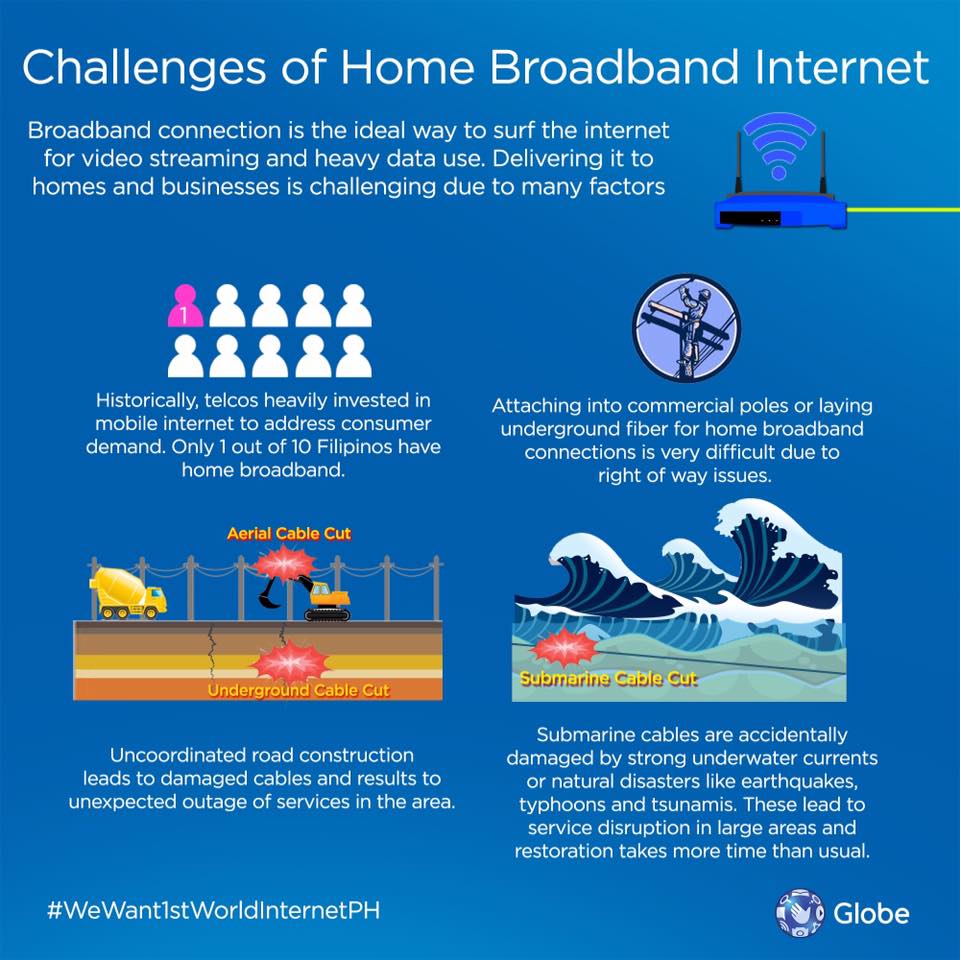This is not one record we can be proud of: Once again, the Philippines was tied with India for last place among 15 surveyed countries in the Asia Pacific ranking in average broadband speeds.
According to the State of the Internet report published by cloud-based service provider Akamai, the Philippines’ average connection speed in the first quarter of 2016 was 3.5Mbps.
While we posted 10 percent quarter-over-quarter change and 24 percent year-over-year growth, the increase in fixed broadband speed from the fourth quarter of 2015’s 2.8Mbps was not significant enough to claw our way to a more decent standing. In fact, India fared better than us with its 55 percent yearly gain, one of the highest in the region. Take a look at this table we culled from Akamai’s connectivity report.

Asia Pacific internet-connection speeds ranking for Q1 2016, according to Akamai’s State of the Internet report
Embarrassing. Makes us wonder how the Philippines did in the mobile space from January to March 2016. We were not included in the study because as specified by Akamai, “To qualify for inclusion in any given quarter, a country or region must have a minimum of 25,000 unique IP addresses seen by Akamai and identified as coming from a mobile network that quarter.”
To get the complete picture of the Philippines’ state of internet speed, we join Globe Telecom in its call for the company to include mobile-internet results for our country in its next report.
My take: We might just regret this appeal. As they say, “Be careful what you wish for…”
Our guess is the year-on-year improvement was driven by the introduction and subsequent marketing of affordable fiber-based subscriptions the previous year.
My partner Ramon Lopez’s take: Being in last place isn’t an easy pill to swallow, but 3.5Mbps sounds just about right when you consider that the average broadband plan in the Philippines offers internet downloads of up to 3Mbps. And I don’t think most households even get close to their plans’ advertised speeds most of the time. So my guess is the year-on-year improvement was driven by the introduction and subsequent marketing of affordable fiber-based subscriptions the previous year. Now, with regard to the inclusion of mobile-data speeds in future studies: Do local carriers really want to go there? Have they checked their networks’ speeds lately?
How’s your internet speed? Tell us in the comments, or contact us on Twitter.
Related image (via Globe on Facebook)
Share this Post


